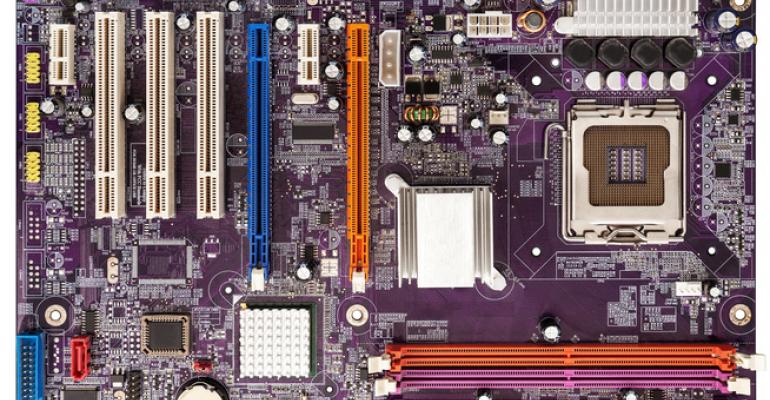One of the ironies of hybrid cloud is that as much as it depends on "software defined" everything, and abstraction layer stacked upon abstraction layer, removing applications further and further from the underlying hardware, there's a movement back in the direction of building from bare metal up, using hardware provisioning software like Ironic, which began life as a component of the open source OpenStack cloud platform.
Although Ironic began life primarily as a way to provide bare metal machines to OpenStack users, the project has morphed over time. It's now a standalone bare metal as a service system -- open source of course -- to provision bare metal machines instead of virtual machines, whether in a multi-cloud or on a completely on-premises infrastructure. It includes generic drivers that support standards like IPMI and Redfish, used to manage any type of bare metal machine, no matter the brand.
A couple of weeks back, the OpenStack Foundation released a 46-page free comprehensive white paper on Ironic that provides information on performance, security, compliance and stack independence, as well as information on non-virtualizable resources associated with bare metal.
Of course, provisioning hardware for use in data centers is not anything new, predating the cloud, virtual machines, and the expression "bare metal."
"We just called them servers," Zachary Smith, Equinix's managing director of bare metal, told Data Center Knowledge.
"For the longest time, this capability was considered a stepping stone, in terms of the first thing you had to do in order to get to a hypervisor so that you could do the rest of work." Smith, who was the co-founder and CEO of the bare metal cloud startup Packet until it was acquired earlier this year by Equinix, said. "It was a onetime event, that you would bring up a machine, get a hypervisor on it, normalize the hardware, and then start performing what you actually wanted to do in terms of running infrastructure, VMs, or whatnot.
"Now, I think, the overall trend and movement towards containers has made that a little bit of a different story, where people are looking at hardware directly to run containers or other workloads on physical machines without a hypervisor," he added. "I think that's one trend that is causing projects like Ironic to become more in the limelight."
Smith pointed out that while in the past IT departments were concerned mainly with traditional CPU-based servers, today's data center and cloud environments are deploying a much wider range of hardware.
"We've seen a whole lot of movement, whether it's in 5G for telco workloads, in machine learning and AI for intelligence, or even in big data, which is moving people towards more and more specialized equipment," he said.
"You've seen that happen with hyperscale clouds as they've invested in their own technologies, like Amazon and their Graviton chip line or Google with their machine learning chip sets," he explained. "They're moving more and more workloads into specialized computers, and that's caused a resurgence of requirements to automate and access hardware more directly, instead of through an abstraction layer that might not have the necessary drivers, accelerator parts, and so forth."
Also, the provisioning automation available through platforms like Ironic means that equipment sees less idle time, as idle servers can be reprovisioned for other purposes on the fly, Smith said, which would not be possible without automation, since setting up servers manually is time consuming.
"Something we've been focused on for the past six years is how to meet this demand for workloads wanting to be closer to the hardware, while at the same time giving a developer experience that allows you to say 'Terraform apply,' and the server shows up," Smith added. "That's the experience people want. They want to have automation and control around their physical hardware. This has caused more attention and work to be paid to bare metal automation technology, of which Ironic is one of the major projects."
Much of the move by hybrid cloud operators toward bare metal is also to build a vendor-neutral infrastructure than avoids costly vendor lock-in.
"You've got this kind of resurgence... because the software is improving in hybrid multi-cloud, allowing it to run everywhere," Smith said. "Not only from the big cloud providers, but also IT providers like Nutanix with their offering around Xi being able to go anywhere, or even the movement towards edge computing that is pushing beyond maybe centralized clouds, software is requiring the most fundamental access."
Instead of using a proprietary hypervisor that works one way on one cloud and another way on another, he said, users are saying that "as long as we have access to x86 or Arm, we can run Linux, and Linux can run anything.
"That's a normalizing effect as software kind of eats its way down the stack and becomes more portable," he said.





